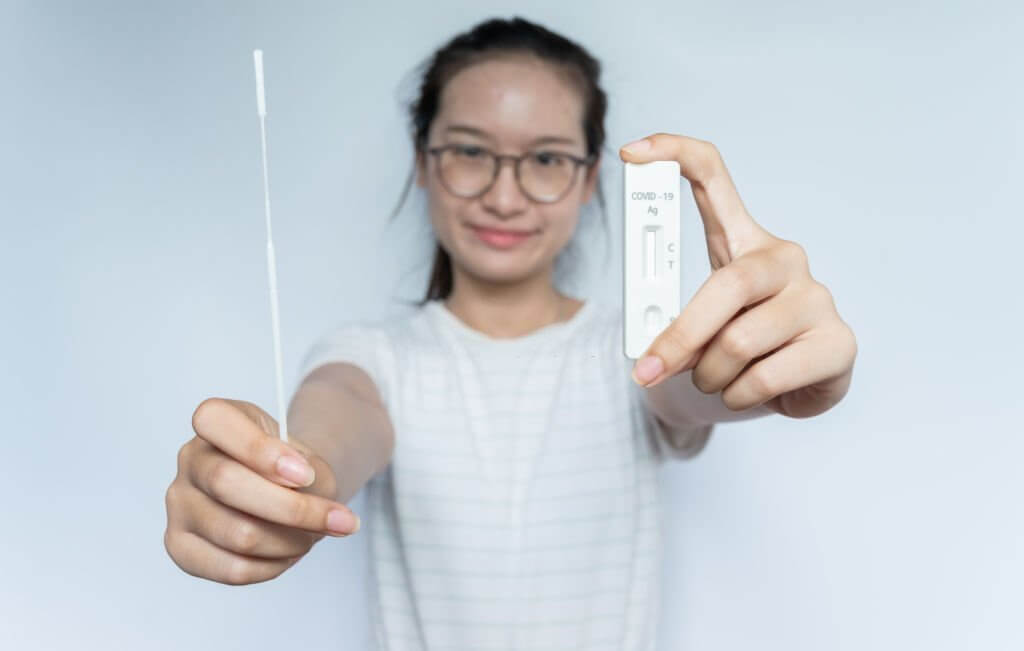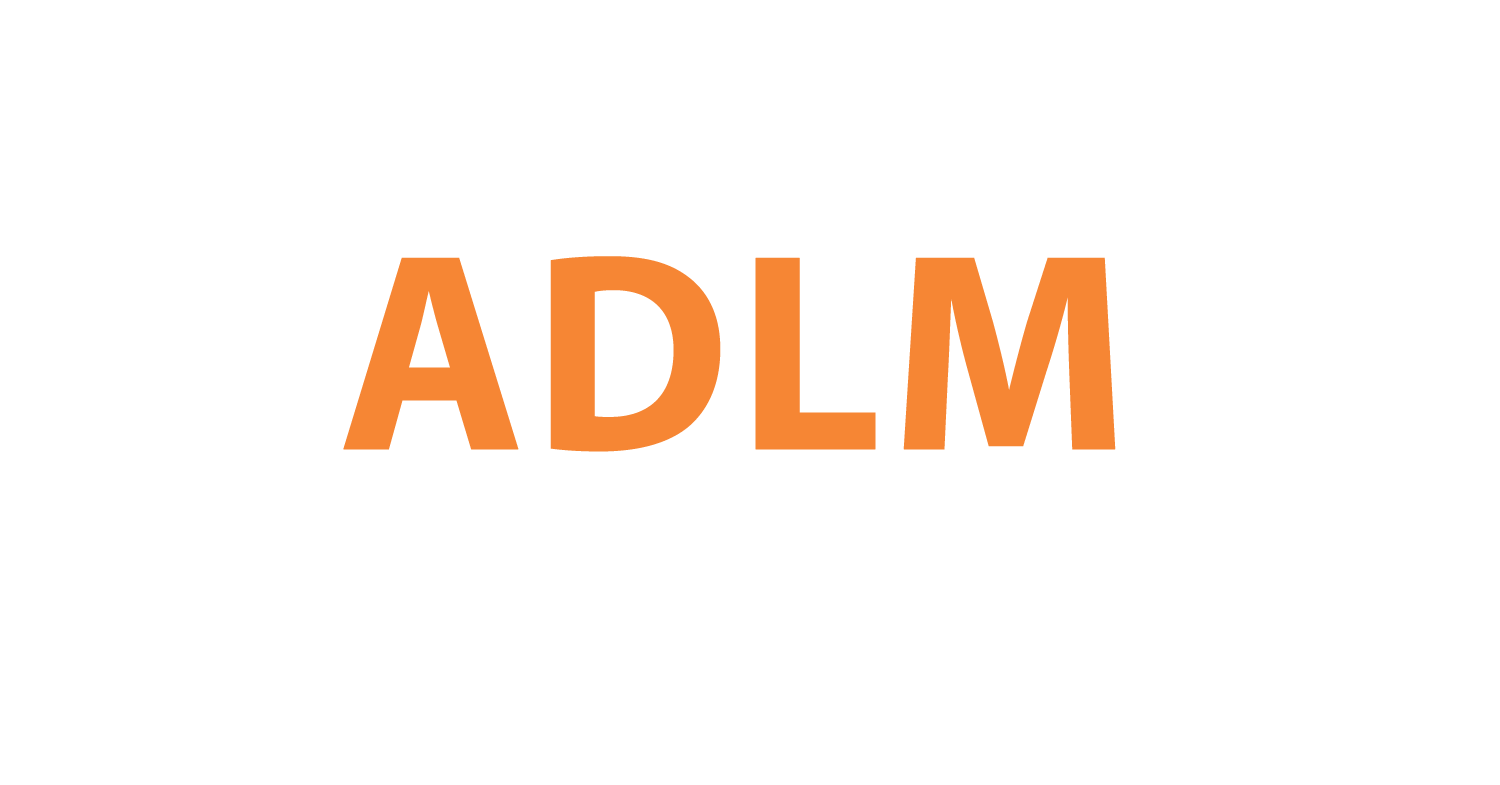The Superiority of Flocked Swabs for Respiratory Sample Collection

What is a flocked swab?
A flocked swab is a type of medical swab used for collecting biological samples, consisting of short nylon fiber strands attached perpendicularly to a plastic applicator. Unlike traditional wound fiber swabs, flocked swabs have no internal core that can entrap biological material. The fibers create a hydrophilic layer that efficiently collects and releases particulate matter when placed in liquid medium.
How do flocked swabs compare to rayon swabs for respiratory sample collection?
Multiple studies have shown that flocked swabs collect significantly more respiratory epithelial cells compared to traditional rayon swabs from both the nasopharynx and oropharynx.
In a study of 16 healthy volunteers, flocked nasopharyngeal swabs collected 2-3 times more epithelial cells than rayon swabs (mean 58.6 vs 23.9 cells per high power field). Flocked oropharyngeal swabs also collected about twice as many cells as rayon swabs (mean 31.3 vs 15.2 cells).
Similar results were seen in a study of 61 symptomatic patients, where flocked nasopharyngeal swabs collected over twice as many epithelial cells as rayon swabs (mean 67.2 vs 29.3 cells). This held true for both pediatric and adult patients. The number of infected cells detected was also higher with flocked swabs.
Why does cell yield matter for respiratory diagnostics?
A higher epithelial cell count improves the sensitivity of diagnostic methods like immunofluorescence assays and rapid antigen testing that rely on visualizing infected cells. More cells on the slide means a higher chance of detecting any pathogens present.
Cell yield is also important for molecular methods like PCR that detect pathogen nucleic acid. More cells means more potential nucleic acid target. Flocked swabs may release both intracellular and cell-free virus more efficiently.
Are flocked swabs more uncomfortable for patients?
Most studies found no significant difference in patient discomfort between flocked and rayon nasopharyngeal swabs. One study did note slightly more discomfort with flocked swabs during nasopharyngeal sampling, but the difference was small.
In general, flocked swabs seem to be tolerated just as well as traditional designs, while providing superior specimens.
How do flocked nasopharyngeal swabs compare to other sampling methods?
Nasopharyngeal aspirates are sometimes considered the gold standard for respiratory diagnostics but are less well tolerated in certain populations like the elderly. Nasopharyngeal swabbing is simpler and preferred in many settings.
Flocked nasopharyngeal swabs collect as many or more cells than nasopharyngeal aspirates or washes, while being less invasive. Flocked oropharyngeal swabs collect as many cells as traditional nasopharyngeal rayon swabs, providing a good alternative when deeper sampling is difficult.
Should nasal or nasopharyngeal sampling be used with flocked swabs?
Most studies found nasopharyngeal sampling yields substantially more cells than nasal sampling, regardless of swab type. One study obtained similar cell counts from flocked nasal swabs and traditional nasopharyngeal rayon swabs, but flocked nasopharyngeal swabs still collected the most cells.
For optimal results, flocked nasopharyngeal swabs should be used over nasal swabs when possible. However, flocked nasal swabs can provide adequate cell numbers when nasopharyngeal sampling is not feasible.
In summary, flocked swabs consistently collect higher quality respiratory specimens with more epithelial cells compared to traditional rayon swabs. This leads to improved sensitivity for diagnostic testing. Flocked swabs also perform as well or better than more invasive sampling methods. Their superior efficiency makes flocked swabs the optimal choice for respiratory sample collection.
Click to View → Mantacc 96000A Nasopharyngeal Flocked Swab
References
-
1. Daley P, Castriciano S, Chernesky M, Smieja M. Comparison of flocked and rayon swabs for collection of respiratory epithelial cells from uninfected volunteers and symptomatic patients. J Clin Microbiol. 2006 Jun;44(6):2265-7. doi: 10.1128/JCM.02055-05. PMID: 16757636; PMCID: PMC1489401.
-
2. Wigger C, Morris PS, Stevens M, Smith-Vaughan H, Hare K, Beissbarth J, Leach AJ. A comparison of flocked nylon swabs and non-flocked rayon swabs for detection of respiratory bacteria in nasopharyngeal carriage in Australian Indigenous children. J Microbiol Methods. 2019 Feb;157:47-49. doi: 10.1016/j.mimet.2018.12.013. Epub 2018 Dec 19. PMID: 30578888.
-
3. Hernes SS, Quarsten H, Hagen E, Lyngroth AL, Pripp AH, Bjorvatn B, Bakke PS. Swabbing for respiratory viral infections in older patients: a comparison of rayon and nylon flocked swabs. Eur J Clin Microbiol Infect Dis. 2011 Feb;30(2):159-65. doi: 10.1007/s10096-010-1064-2. Epub 2010 Sep 18. PMID: 20853014; PMCID: PMC3022161.
Related Posts
Everything You Need To Know About Flocked Swabs









